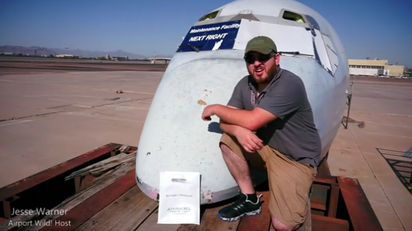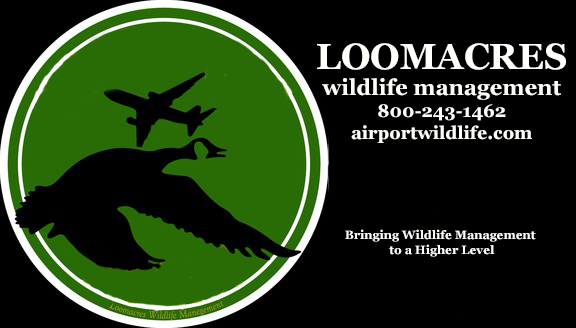
So, your airport just had a bird strike, and you must collect all the evidence, now what? Well we know we must collect the SNARGE (Species Not Accurately Recognized Given Evidence) to properly identify the species involved, act against immediate threats, and avoid future risk. So how do you properly identify the species involved? Here four ways to help identify SNARGE (bird ick).
1) Bird Feathers: A Guide to North American Species by S. David Scott & Casey McFarland is a great resource to help identify birds not only involved in your bird strike but inhabiting your airport. We at Loomacres Wildlife Management use this book in all our on-site trainings. 2) Contact your local Wildlife Biologist. This may not be the most time sensitive matter for your local Department of Wildlife staff, but it is absolutely an option if you are having trouble identifying your SNARGE. 3) The Feather Atlas or https://www.fws.gov/lab/featheratlas/ to be exact: By using this link you can input certain traits of the feathers collected into a database that should assist in accurately identifying your species. This is a great tool and fun to play around on. 4) The Smithsonian Museum! That is right you can send in your SNARGE to Carla Dove at the Smithsonian Institution, Feather Identification Lab will take your collected remains and identify your species using their tools and methods. You can send in your samples to the addresses below.
To see a step by step video of how to collect SNARGE please watch below.
Loomacres - 800-243-1462 Bringing Wildlife Management to a Higher Level ©
0 Comments
Leave a Reply. |
Sales & Marketing
|

 RSS Feed
RSS Feed